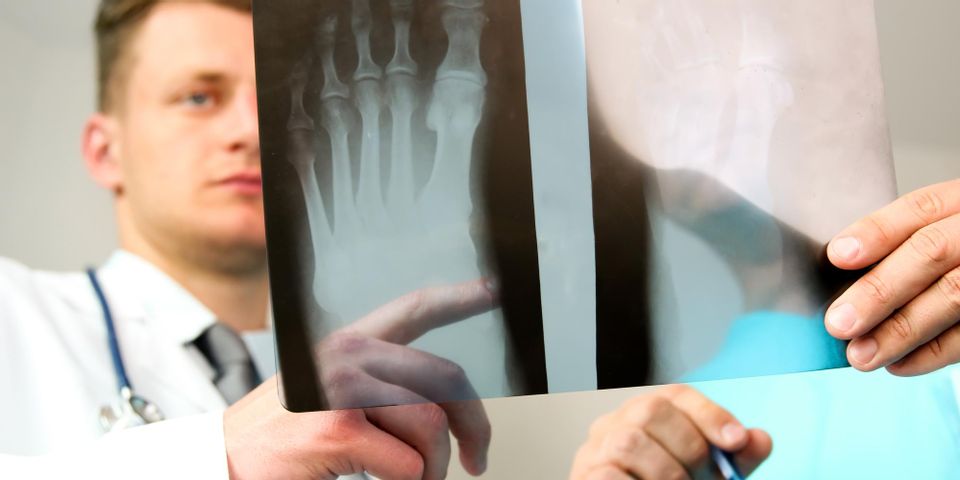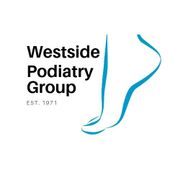
Typically, the foot consists of 26 bones that all work together to support complex body mechanics. However, an estimated 7 to 19% of the population may have an extra bone—known as the accessory navicular. While accessory navicular syndrome can go undetected by many, it may cause uncomfortable foot pain in others. Committed to helping Rochester, NY, patients avoid and treat foot problems, Westside Podiatry Group highlights a few important details to know if you believe you are afflicted by this condition.
Basic Guide to Accessory Navicular Syndrome
Where is the Accessory Navicular Bone?
The American College of Foot and Ankle Surgeons® describes the accessory navicular as a small, extra bone or piece of cartilage located on the inner side of the foot directly above the arch. They are fused or partially fused to the navicular, a bone found in the midfoot region.
How Does the Problem Develop?
Accessory navicular syndrome is a congenital condition, which means it is present at growth. While the exact cause of the extra growth is unknown, the National Institutes of Health suggest that it may be linked to genetics or related to improper fusion and separation of the bones during fetal development.
How Can You Tell If You Have an Accessory Navicular?
 For many people, accessory navicular syndrome is unnoticeable and never causes any issues in life. However, if the bone causes aggravation or is injured, it can lead to severe foot pain, irritation while wearing shoes, and a red, swollen bump of the side of the foot. If you experience these symptoms, visit a podiatrist for a comprehensive exam. Through physical examination and medical imaging, these specialists can determine if your foot pain is due to accessory navicular syndrome.
For many people, accessory navicular syndrome is unnoticeable and never causes any issues in life. However, if the bone causes aggravation or is injured, it can lead to severe foot pain, irritation while wearing shoes, and a red, swollen bump of the side of the foot. If you experience these symptoms, visit a podiatrist for a comprehensive exam. Through physical examination and medical imaging, these specialists can determine if your foot pain is due to accessory navicular syndrome.
What Treatment Options Are Available?
If you have accessory navicular syndrome, your podiatrist may first try to correct the issue through non-surgical treatments. These treatments include using ice to reduce swelling, taking anti-inflammatory medications, physical therapy to strengthen the foot, and custom orthotics to reduce pressure on the bone. If these solutions don’t help, your provider may recommend surgery to reshape the bone for comfort.
Accessory navicular syndrome is just one of the many reasons foot pain occurs. If you experience immobility or discomfort, visit Westside Podiatry Group. With three offices located in Rochester, NY, getting an exam at this podiatry clinic is easy. And if problems are found, you can count on these foot care specialists to improve your symptoms with advanced treatments—including custom orthotics, MLS laser therapy, and surgery. Visit this practice online to learn more about their capabilities or call (585) 225-2290 to schedule an appointment.
About the Business
Have a question? Ask the experts!
Send your question

